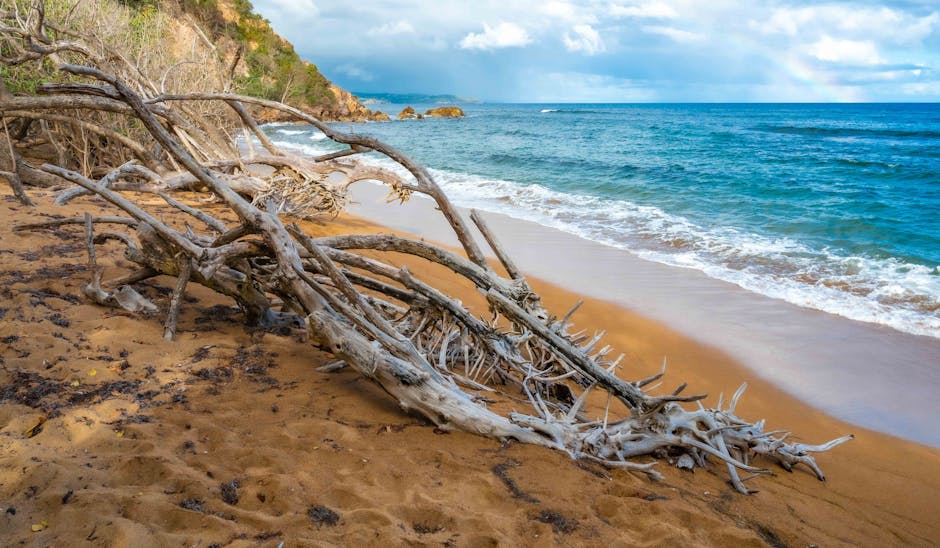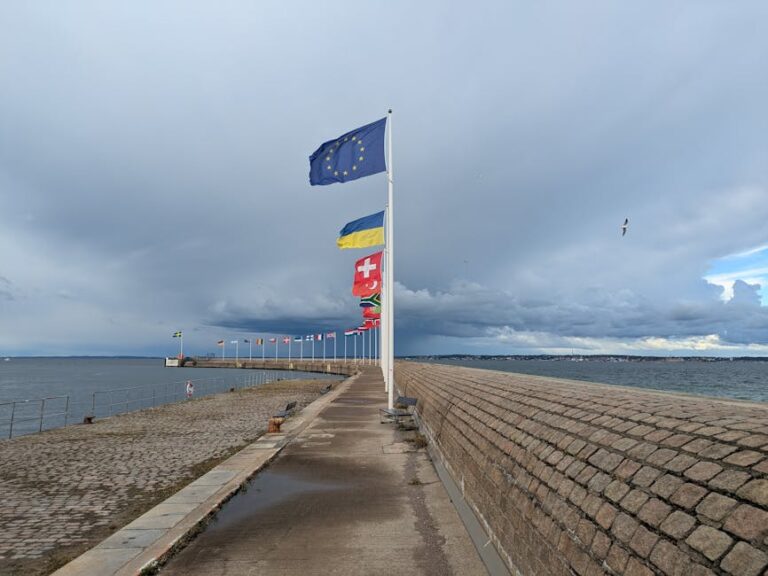Hainan Island, China’s sole tropical resort, began evacuations as Typhoon Kajiki neared. Public transport ceased, and businesses shuttered in popular tourist city Sanya.
Officials on China’s Hainan Island ordered widespread evacuations Tuesday. Typhoon Kajiki was rapidly intensifying in the South China Sea. The storm’s projected path threatened the popular tourist destination.
Resort cities across Hainan implemented emergency measures. Sanya, a major hub for international tourism, saw significant disruption. Local authorities mandated the closure of hotels and restaurants.
Public transportation services were halted island-wide. This action aimed to prevent citizens and tourists from traveling into the storm’s path. Ferry services to and from Hainan were also suspended.
Thousands of residents and tourists were urged to seek shelter inland. Evacuation centers were opened in schools and government buildings. These facilities prepared to accommodate displaced individuals.
The provincial government mobilized emergency response teams. Disaster relief supplies were being pre-positioned. Efforts focused on ensuring safety and minimizing potential damage.
Storm Preparations Intensify
Typhoon Kajiki was tracking northwestward, packing destructive winds. Forecasters warned of torrential rainfall and dangerous storm surges. The storm’s eye was expected to make landfall by Wednesday morning.
All flights scheduled to depart from Haikou Meilan International Airport were canceled. Hainan Airlines and China Southern Airlines announced widespread flight disruptions. Travelers faced significant delays and cancellations.
Coastal communities experienced increasingly rough seas. Fishing boats were ordered to return to port and secure their vessels. Marine authorities issued stern warnings to all maritime traffic.
Authorities reinforced seawalls and critical infrastructure. Power companies readied crews to respond to outages. The provincial meteorological bureau provided regular updates.
Many businesses in coastal areas began boarding up windows. This proactive measure sought to protect property from high winds. The economic impact of the closures was already being felt.
Tourists expressed concern but generally cooperated with evacuation orders. Hotel staff assisted guests with relocation to safer areas. Some visitors expressed disappointment at disrupted vacation plans.
The Hainan government emphasized public safety above all else. Information was disseminated through local media and emergency alert systems. The goal was to reach every resident and visitor.
Seeking Safe Havens
More than 100,000 people were evacuated from vulnerable coastal areas. This mass relocation effort aimed to mitigate risks from the powerful typhoon. Authorities worked to ensure all shelters were adequately supplied.
The typhoon’s approach disrupted daily life across the island. Schools remained closed, and non-essential government operations were suspended. The focus was on a coordinated response.
Meteorological agencies reported a significant increase in wind speed. Kajiki was classified as a category 4 storm. Its intensity posed a severe threat to life and property.
Official meteorological data indicates that while Hainan has faced numerous typhoons, Kajiki’s rapid intensification presents unique challenges for emergency response coordination and infrastructure resilience, with wind speeds exceeding projections by up to 20% in initial reports.
Emergency services conducted last-minute checks of evacuation routes. The provincial fire department assisted with the movement of the elderly and disabled. Efforts were made to ensure no one was left behind.
The government pledged all necessary resources for the typhoon response. Aid packages were being prepared for affected areas. International assistance was not immediately sought but remained an option.
The meteorological bureau forecast potentially severe flooding. Inland areas were also warned of landslides due to heavy rain. Preparedness was key to minimizing casualties.
The scale of evacuations reflected the storm’s potential severity. Hainan’s tourism-dependent economy faced considerable disruption. The island braced for the typhoon’s impact.
Coastal defenses were being monitored closely. Authorities expressed confidence in the preparedness measures. The next 24 hours were considered critical for the island’s safety.
The full extent of the typhoon’s damage would only be known after its passage. Recovery efforts would begin immediately once conditions permitted. The island’s resilience was being tested.
Typhoon Kajiki’s trajectory remains closely watched by regional weather agencies. Relief operations will commence once the immediate threat subsides. Final damage assessments are expected by the weekend.
The island’s swift evacuation measures underscore the increasing intensity of tropical cyclones. Authorities anticipate significant recovery efforts, with initial damage reports expected by Friday.




